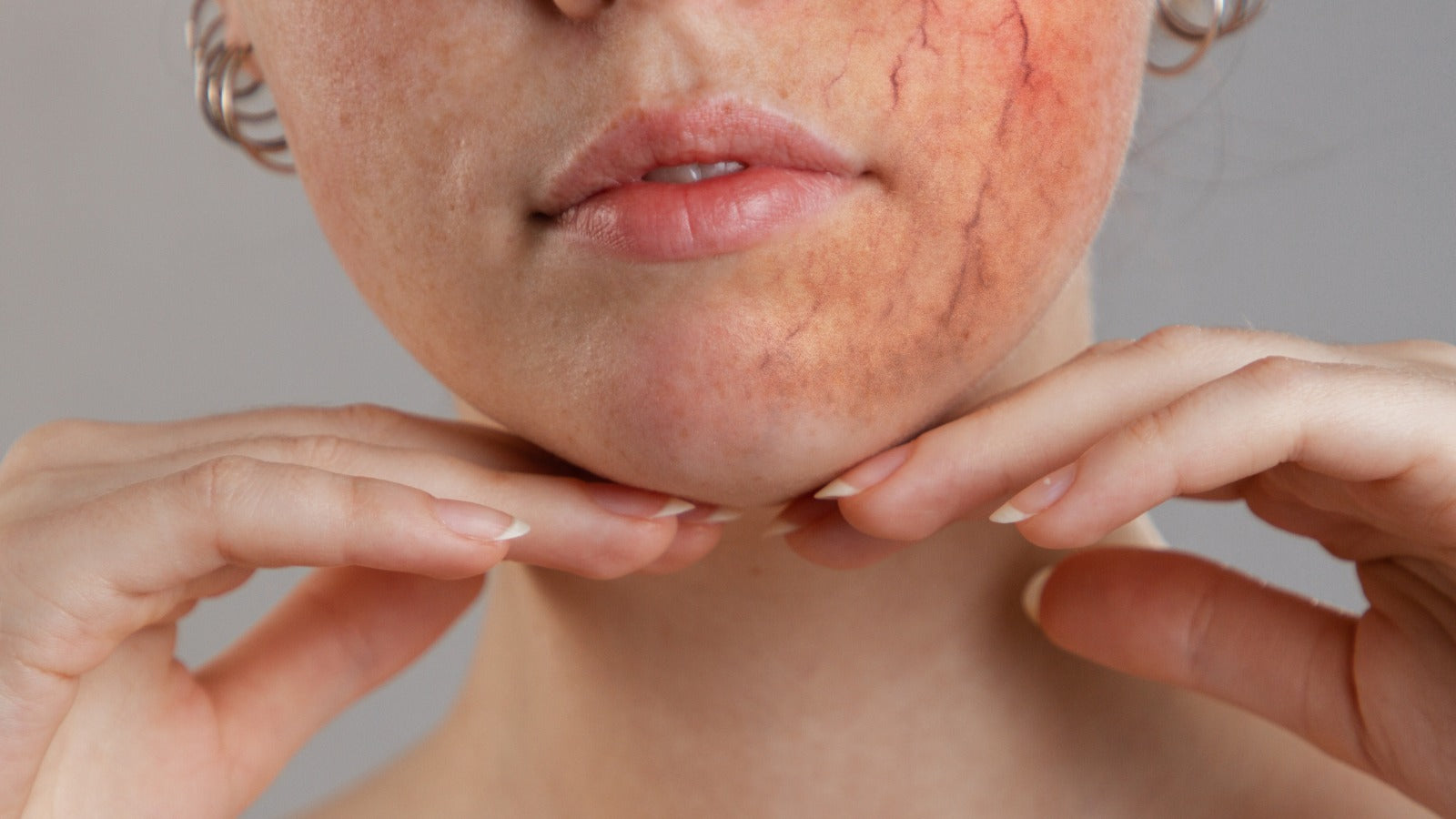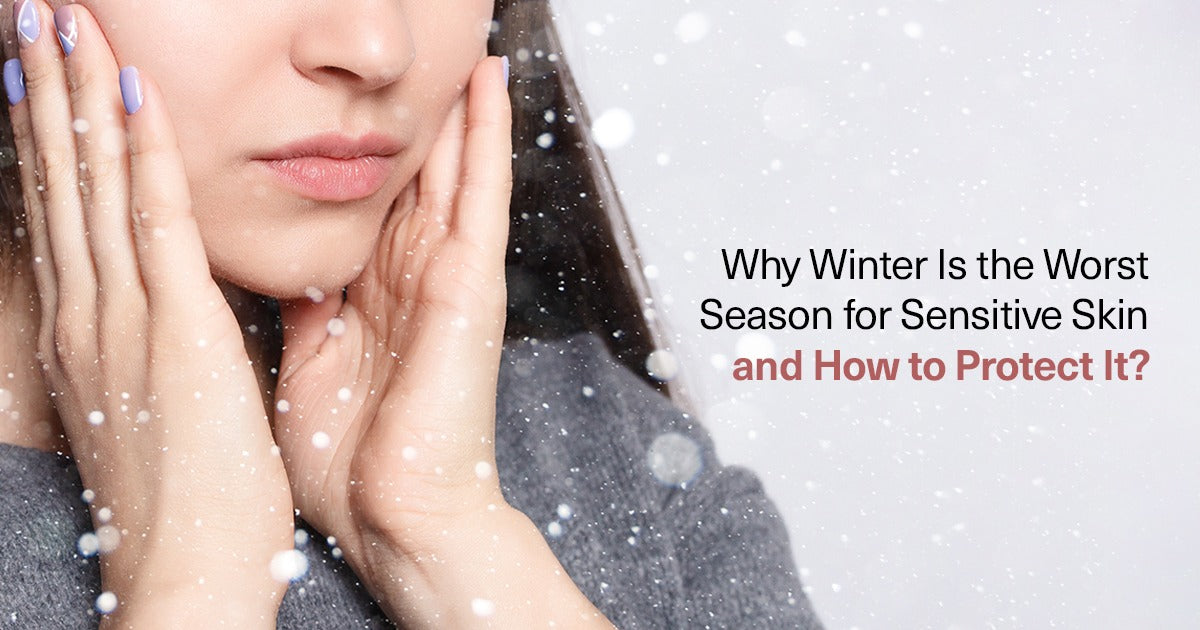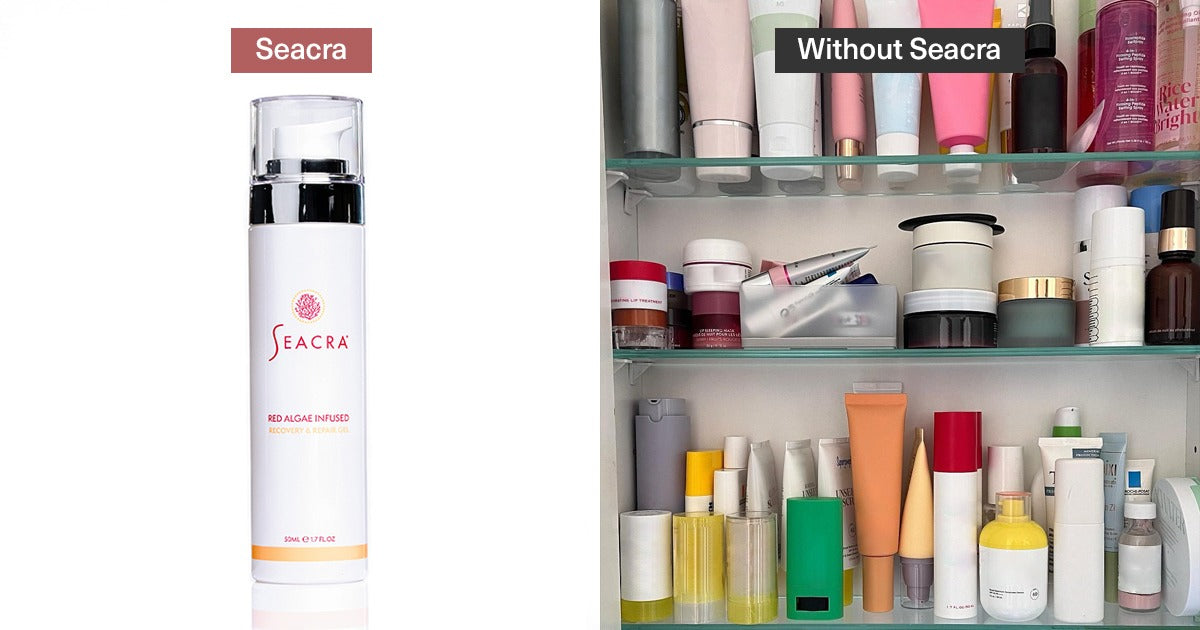Rosacea is a common but often misunderstood skin condition that affects millions worldwide. There’s a lot of misinformation out there, making it difficult for those who suffer from rosacea to find the right skincare and lifestyle choices. At Seacra, we’re all about science-backed solutions, so let’s debunk some of the biggest rosacea myths and uncover the truth.
Myth #1: Coffee and Caffeine Cause Rosacea Flare-Ups
The Truth: Research has found that it's not the caffeine in coffee that triggers rosacea, but rather the heat of the beverage. Hot drinks in general, including tea and soups, can dilate blood vessels and cause flushing, which is why they’re often mistaken as culprits. If you enjoy coffee, consider drinking it iced or at room temperature to reduce the risk of flare-ups.
Myth #2: Rosacea Is Caused by Poor Hygiene
The Truth: Rosacea has nothing to do with cleanliness. It is a vascular and inflammatory skin condition, meaning it’s linked to factors like genetics, immune response, and environmental triggers, not how often you wash your face. In fact, over-cleansing or using harsh exfoliants can worsen rosacea by stripping away the skin’s protective barrier. Instead, opt for gentle, fragrance-free products designed to support and protect the skin.
Myth #3: Rosacea Is Contagious
The Truth: Some people worry that rosacea can spread through contact or airborne bacteria, but there is zero scientific evidence to support this. Rosacea is not an infectious disease, and you cannot “catch” it from someone else. The reason antibiotics are sometimes prescribed for rosacea isn’t because of bacteria, but because they have anti-inflammatory properties that help reduce redness and swelling.
Myth #4: Rosacea Is Just Another Type of Acne
The Truth: While some forms of rosacea (like papulopustular rosacea) look similar to acne, they are fundamentally different conditions. Acne is caused by clogged pores, excess oil, and bacteria, while rosacea is linked to inflammation, skin barrier dysfunction, and vascular sensitivity. This means that typical acne treatments, like harsh exfoliants and drying ingredients (such as benzoyl peroxide), can actually make rosacea worse.
Instead of traditional acne treatments, those with rosacea should focus on strengthening their skin barrier to reduce inflammation and prevent flare-ups.
How Seacra Helps Break the Cycle of Rosacea
At Seacra, we believe in tackling the root cause of rosacea, not just the symptoms. Our Recovery & Repair Gel is powered by Red Algae, nature’s strongest antioxidant, which works to:
✅ Strengthen the skin barrier to prevent future flare-ups
✅ Soothe redness and inflammation without irritation
✅ Hydrate and nourish without clogging pores
✅ Act as a natural alternative to retinol (without the harsh side effects)
If you’re tired of misinformation and ineffective treatments, we’ve got your back. With our science-backed, gentle skincare, your skin can finally heal, without the fear of flare-ups.




